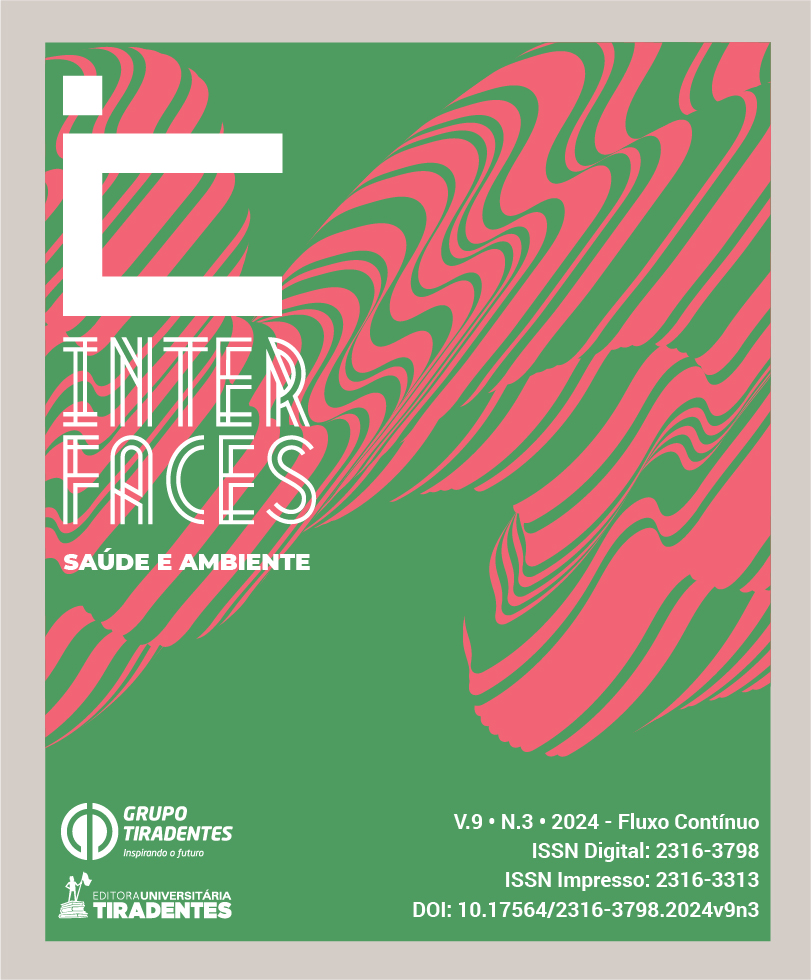Ethnopharmacological and ethnobotanical study of boldinhos species in Cascavel – Ceará, Brazil
DOI:
https://doi.org/10.17564/2316-3798.2024v9n3p405-422Published
Downloads
Downloads
Issue
Section
License
Copyright (c) 2024 Interfaces Científicas - Saúde e Ambiente

This work is licensed under a Creative Commons Attribution-NonCommercial 4.0 International License.
Autores que publicam nesta revista concordam com os seguintes termos:
a. Autores mantêm os direitos autorais e concedem à revista o direito de primeira publicação, com o trabalho simultaneamente licenciado sob a Licença Creative Commons Attribution que permite o compartilhamento do trabalho com reconhecimento da autoria e publicação inicial nesta revista.
b. Autores têm permissão e são estimulados a distribuir seu trabalho on-line (ex.: em repositórios institucionais ou na sua página pessoal), já que isso pode gerar aumento o impacto e a citação do trabalho publicado (Veja O Efeito do Acesso Livre).
Abstract
Ethnodirected studies aim to validate medicinal plants, search for new pharmaceutical assets and return knowledge to the community for their safe and effective use. The so-called “Plectranthus caninus Complex” is formed by P. neochilus Schltr.; P. caninus Roth. and P. ornatus Codd. plants popularly known as “boldo gambá”, “boldinho” and “boldo miúdo”. The objective of this study was to carry out ethnopharmacological and ethnobotanical research on plants from the P. caninus complex in the city of Cascavel, Ceará, Brazil. This is a descriptive observational study, of the field research type, focusing on quantitative and qualitative approaches. Of the 12 research participants, 66.7% reported using fresh leaves as a pharmacogen and reported infusion as the preparation method. The most frequently mentioned therapeutic indications were stomach pain, bloating, bad digestion, stomach problems and malaise. All interviewees emphasize that the species provides due therapeutic success for the management and relief of symptoms in each case. P. neochilus, P. barbatus and Peumus boldus are often confused due to the common name “Boldo” and because of the pharmacological properties associated with gastrointestinal disorders. Considering the relevance of boldinhos species in the context of phytotherapy and the dissemination of their use in the local community, it is essential to scientifically validate the information obtained from traditional knowledge, in addition to encouraging rational use in order to reduce confusion between species known as “Boldo”.




















